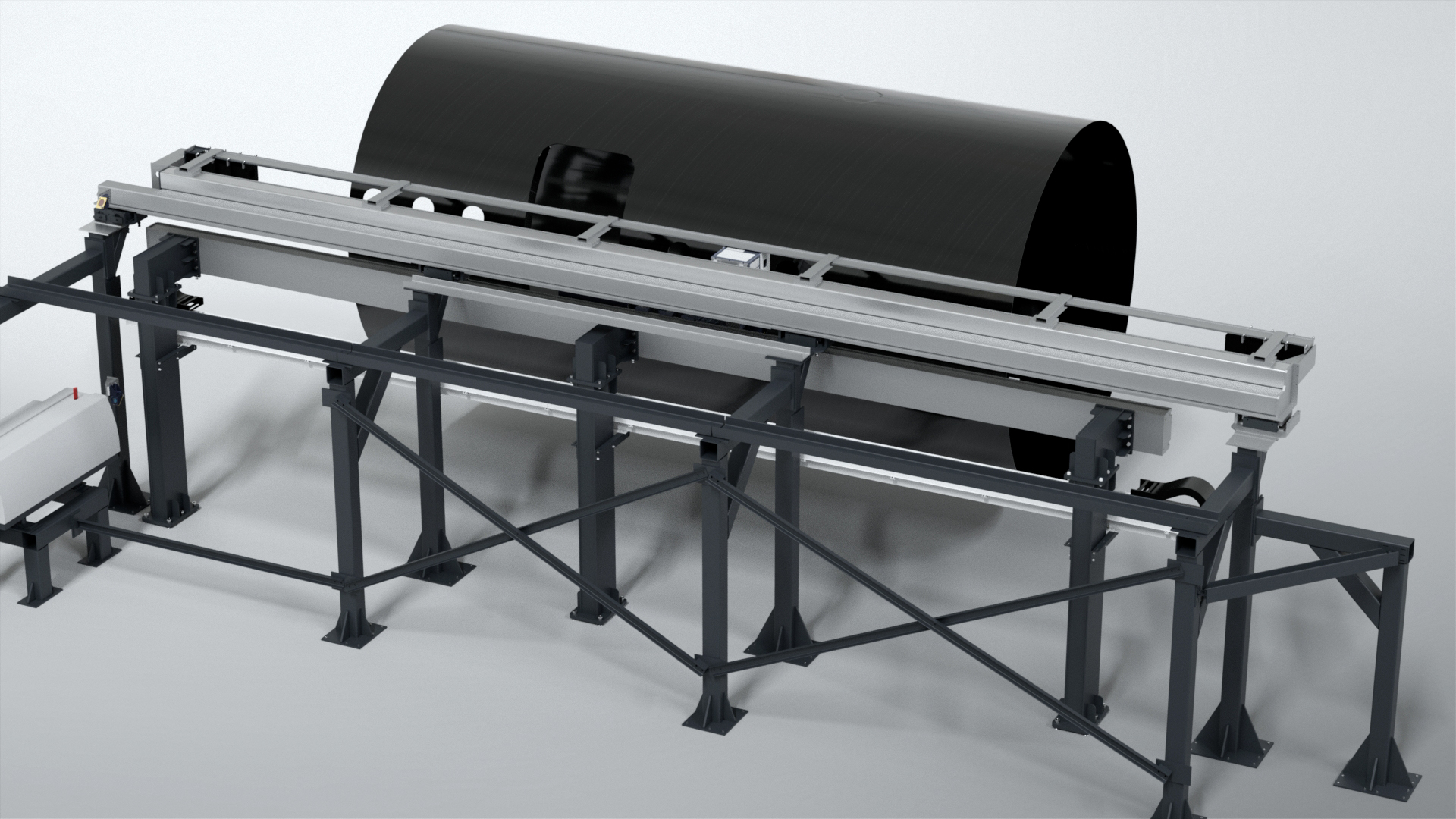Motivation
A transformation of aviation is necessary for a climate-neutral future. Due to their outstanding specific mechanical properties, fiber-reinforced plastic composites (FRP) offer considerable potential for weight savings compared with classic metal fuselages made of aluminum alloys. This potential has already been recognized by the aerospace industry and technologically implemented on the basis of thermoset FRP. The use of thermoplastic polymer matrices enables completely new joining processes that ensure a material-to-material bond between the joining partners without the additional need for fasteners or adhesives.
Aims and procedure
The BUSTI project is developing, among other things, a continuous process for laser-based joining of carbon-fiber-reinforced thermoplastic (CFRP) semifinished products. The aim is to join a so-called multifunctional fuselage demonstrator (MFFD), which is assembled from two prefabricated 1:1 fuselage half-shells of a passenger aircraft. The use of new materials and novel technologies is expected to increase the production rate to up to 60 passenger aircraft per month. At the same time, the weight of the fuselage is to be reduced by one ton. In the process, the joint is defined by the encounter of stepped shafted geometries in the fuselage half shells. Multidirectionally reinforced CFRP laminate straps are melted in the interface close to the surface by a CO2 laser, pressed on and co-consolidated in-situ in one step process. The result is a joint that is visually invisible and has mechanical strength at autoclave level.
Innovations and outlook
The project provides an insight into the technical and economic advantages of novel joining processes for thermoplastic CFRP in aerospace and demonstrates their potential, which was not conceivable with previous manufacturing and design concepts. The novel co-consolidation process will now be transferred to other applications in the field of continuous joining thermoplastic CFRPs and is currently being further developed for use on complex free-form surfaces. Fraunhofer is thus already contributing to the development of state-of-the-art processes and technologies for emission-free flying in the coming generations.
 Fraunhofer Institute for Material and Beam Technology IWS
Fraunhofer Institute for Material and Beam Technology IWS


